Garden Ideas for Elderly: Simple and Safe Solutions
Gardening can be a delightful and fulfilling activity for people of all ages, especially for seniors. As you age, it’s important to find ways to continue enjoying your favorite hobbies while adapting them to meet your needs. How can gardening be made easier and more accessible for elderly individuals?
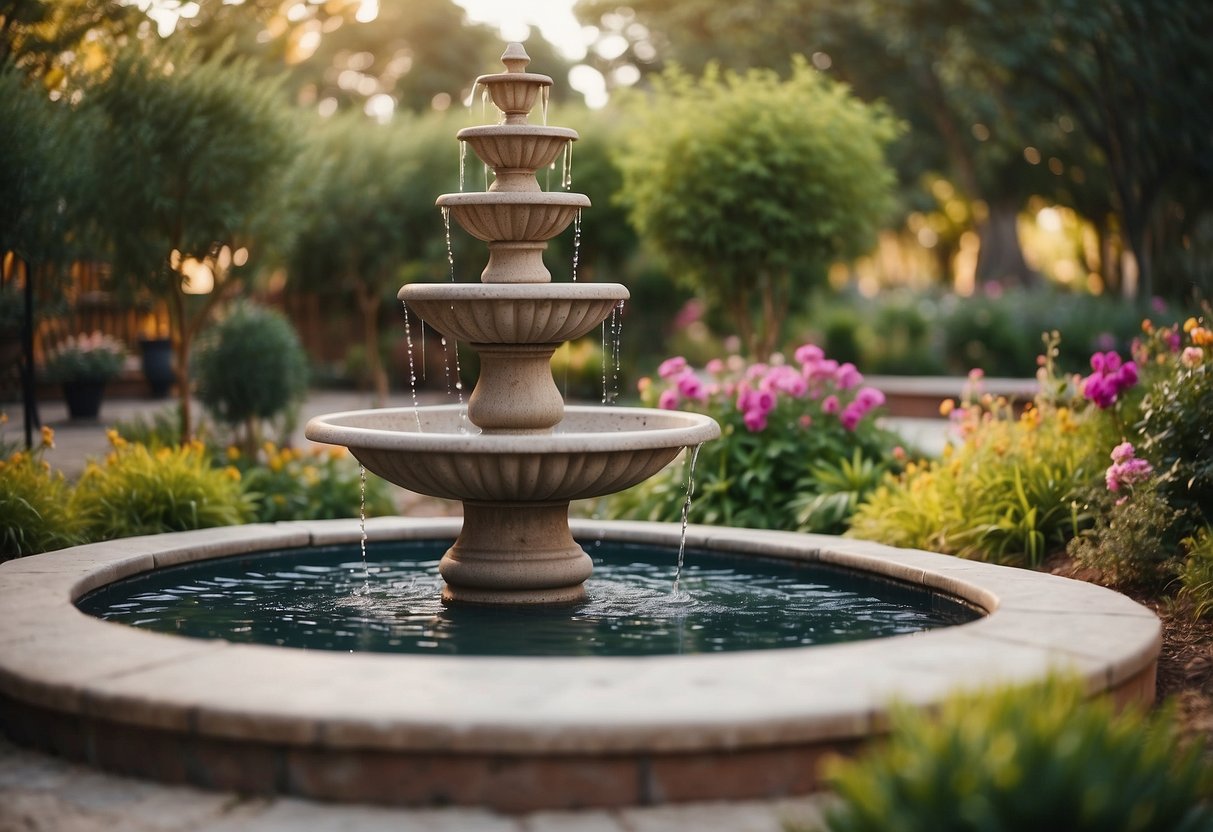
Creating a garden that is easy to manage can bring joy and relaxation to your daily routine. With a few thoughtful adjustments, you can design a space that minimizes physical strain and maximizes enjoyment. The following ideas will help you cultivate a beautiful and manageable garden that suits your lifestyle.
1) Raised Garden Beds

Raised garden beds are a fantastic option for elderly gardeners. These gardens can be built at a height that reduces the need to bend over, making it easier on your back.
You can build them using various materials like wood or corrugated steel, which adds a stylish touch. Learn more about building a raised bed at Gardening with Raised Beds: A Guide for Seniors.
Elevated raised beds are perfect for small spaces. They can be placed on balconies, rooftops, or even indoors. Discover 10 Raised Garden Bed Plans For Seniors for more creative ideas.
2) Lightweight Gardening Tools
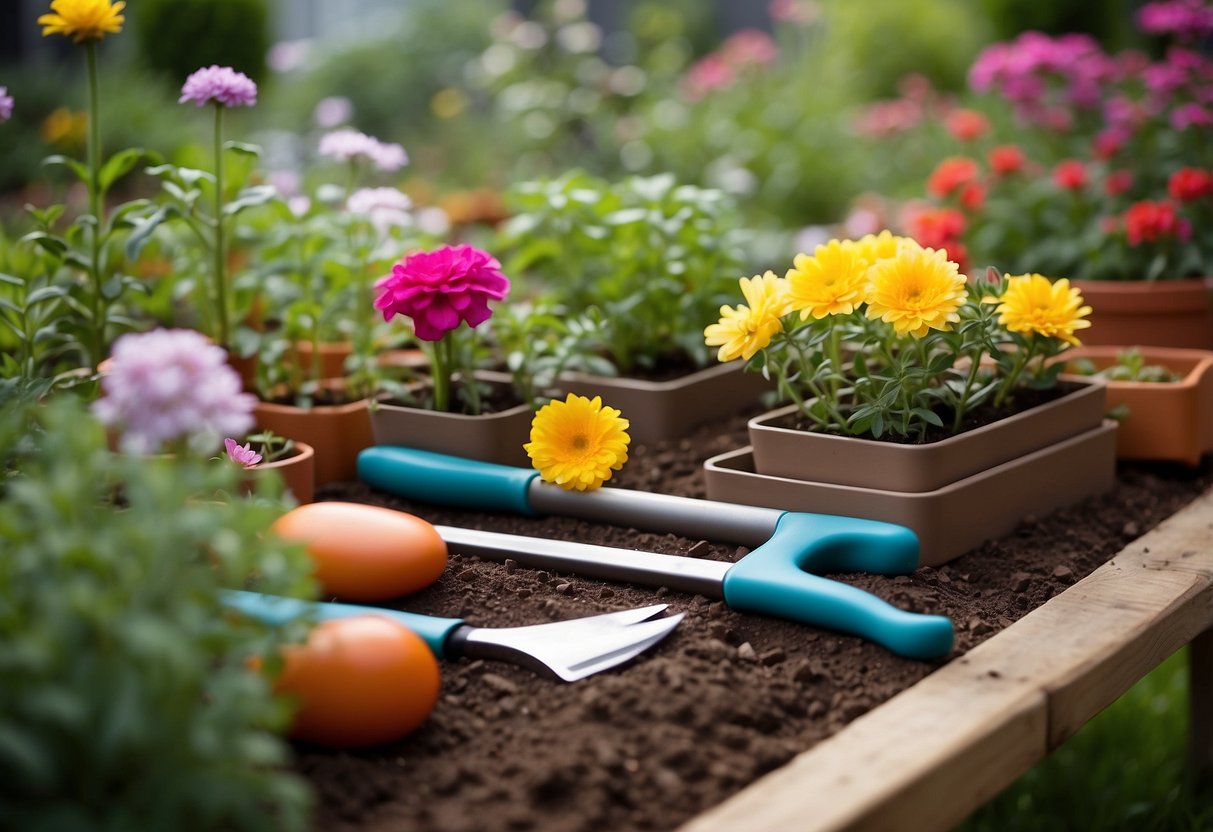
Using the right tools can make gardening fun and easy. Lightweight gardening tools are perfect for seniors as they reduce strain on your hands and joints.
Consider tools like the Radius Garden 10011 Ergonomic Aluminum Hand Trowel. This trowel is both sharp and lightweight, making digging easier.
The Miracle-Gro 4-in-1 Garden Stool can also be very handy. It’s light and has storage for all your tools.
Don’t forget a pair of soft, breathable gloves for added comfort.
3) Vertical Gardening

Vertical gardening is perfect for elderly gardeners who want to save space and make gardening easier on their backs. You can create a vertical garden by using a trellis panel to support pots with herbs, vegetables, and flowers.
Another idea is a Strawberry Tower Garden, which is simple to make and can bring life to any corner of your patio. You can also use planters on a slat wall to change the look of your space and give more room for gardening projects.
4) Herb Spirals
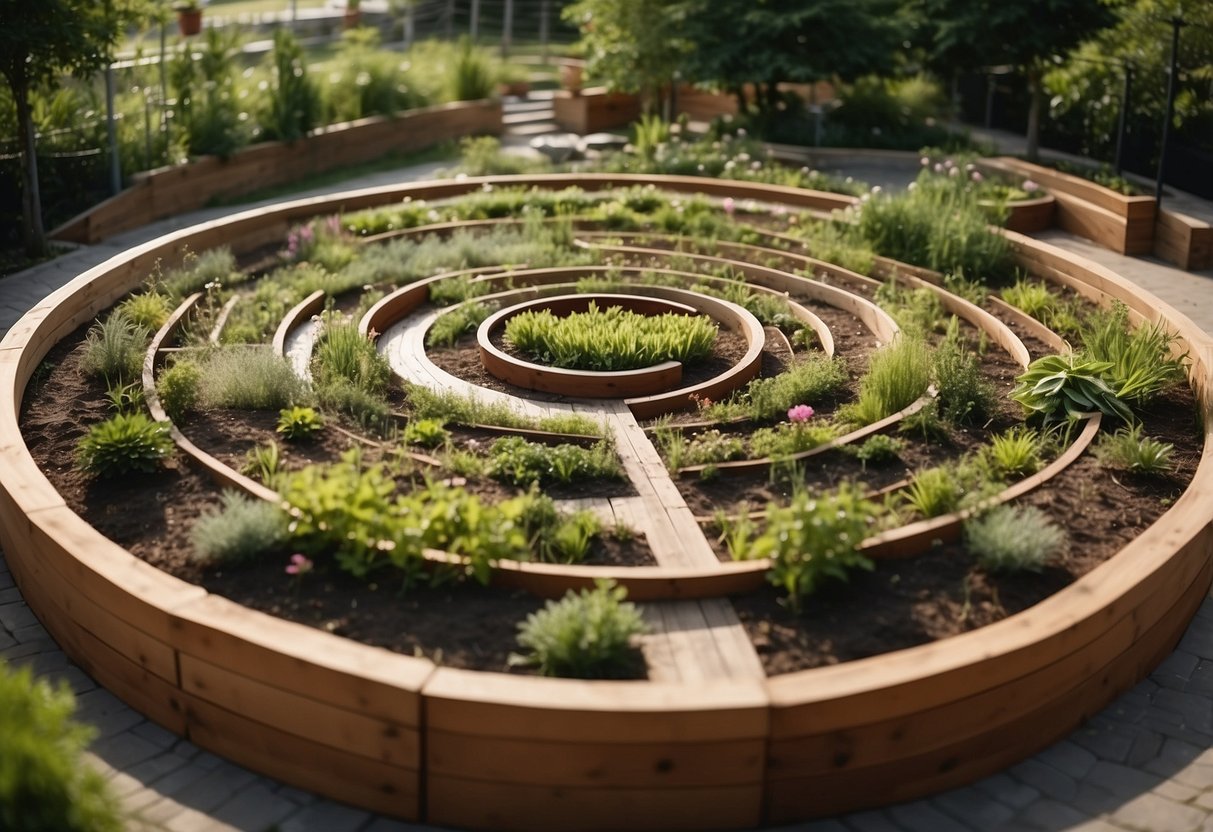
Herb spirals are great for elderly gardeners. They are compact and can fit in small spaces. Plus, they add a beautiful focal point to any garden.
Building a herb spiral involves creating a spiral shape with stones or bricks. It’s taller in the middle and slopes down to the edge. This design makes it easy to reach all parts of the garden without bending too much.
Herb spirals also make use of vertical space, allowing you to grow more plants in less area. This is handy if you have limited mobility. Different plants can thrive in the various microclimates within the spiral.
For more information on building a herb spiral, check out this guide from Balcony Garden Web.
5) Self-Watering Planters

Self-watering planters are a fantastic tool for seniors who love gardening. They reduce the need for constant watering, which can be tough on your back and knees.
These planters have a reservoir that keeps the soil moist. This means your plants get the right amount of water without you needing to worry.
There are many options available, from small indoor planters to larger outdoor ones. For more ideas, check out these self-watering planters for seniors.
Using self-watering planters can make gardening more enjoyable and less strenuous.
6) Ergonomic Garden Kneeler
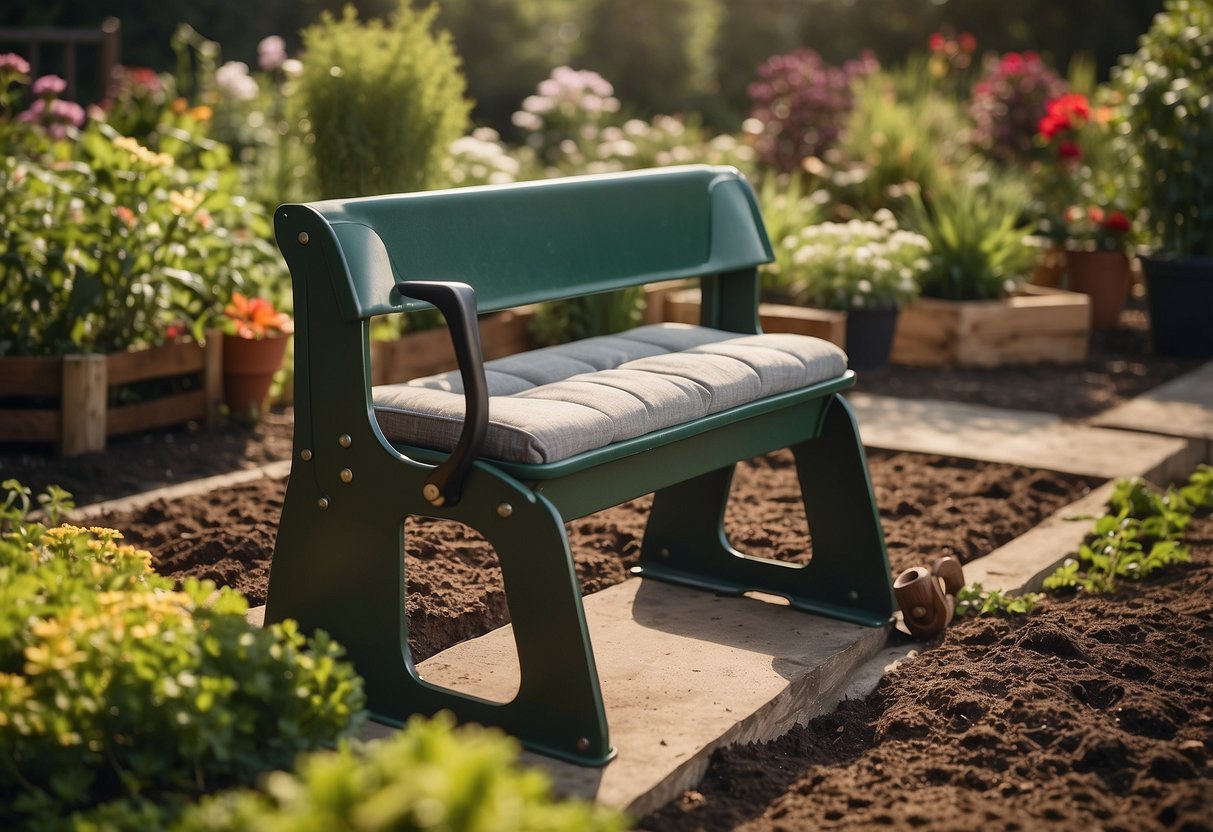
Using an ergonomic garden kneeler can make a big difference for elderly gardeners. It provides a cushion for your knees, reducing the strain that comes from prolonged kneeling.
Some kneelers, like the Ebung Garden Kneeler and Seat, also convert into a seat. This feature is great for taking short breaks.
Look for models with sturdy handles to help you get up and down more easily. These kneelers can make your gardening more comfortable and enjoyable.
7) Container Gardening
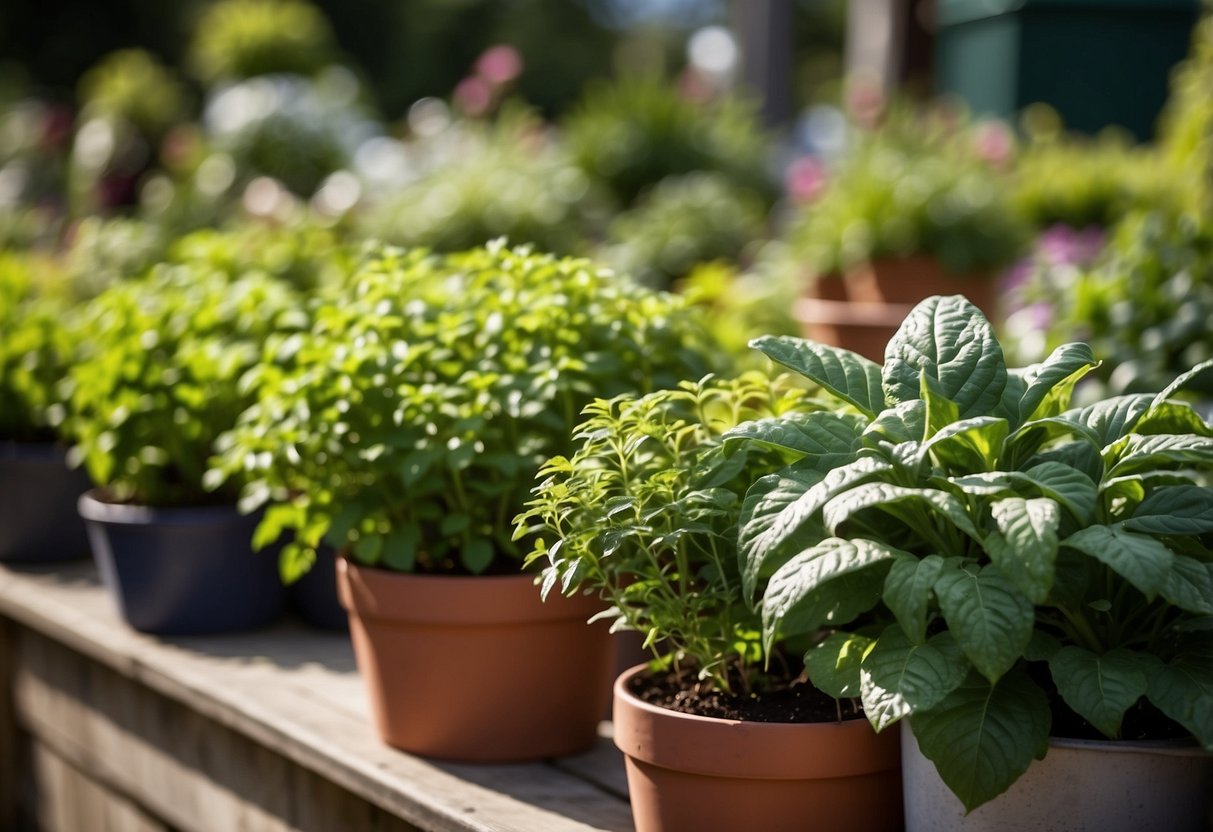
Container gardening is perfect for seniors. You can grow flowers, herbs, and vegetables even in small spaces. Using containers, window boxes, or raised flower beds helps minimize the need to bend down.
Choose containers that have enough space for root growth. Smaller containers work well for herbs, while larger ones are better for vegetables and flowering plants. You can find more tips on container gardening for seniors.
Place the containers on stands or casters for easy movement. This makes it easier to rearrange them and access your plants without straining yourself.
8) No-Dig Gardens

No-dig gardens are perfect for seniors. They save your back and knees because you don’t have to turn the soil.
To start, lay down a thick layer of compost, mulch, or cardboard on top of your existing weeds or grass. This helps keep the weeds down and improves the soil over time.
This method works well with raised beds or large containers, making gardening more accessible and enjoyable. Check out more about how to start a no-dig garden.
9) Garden Scooter
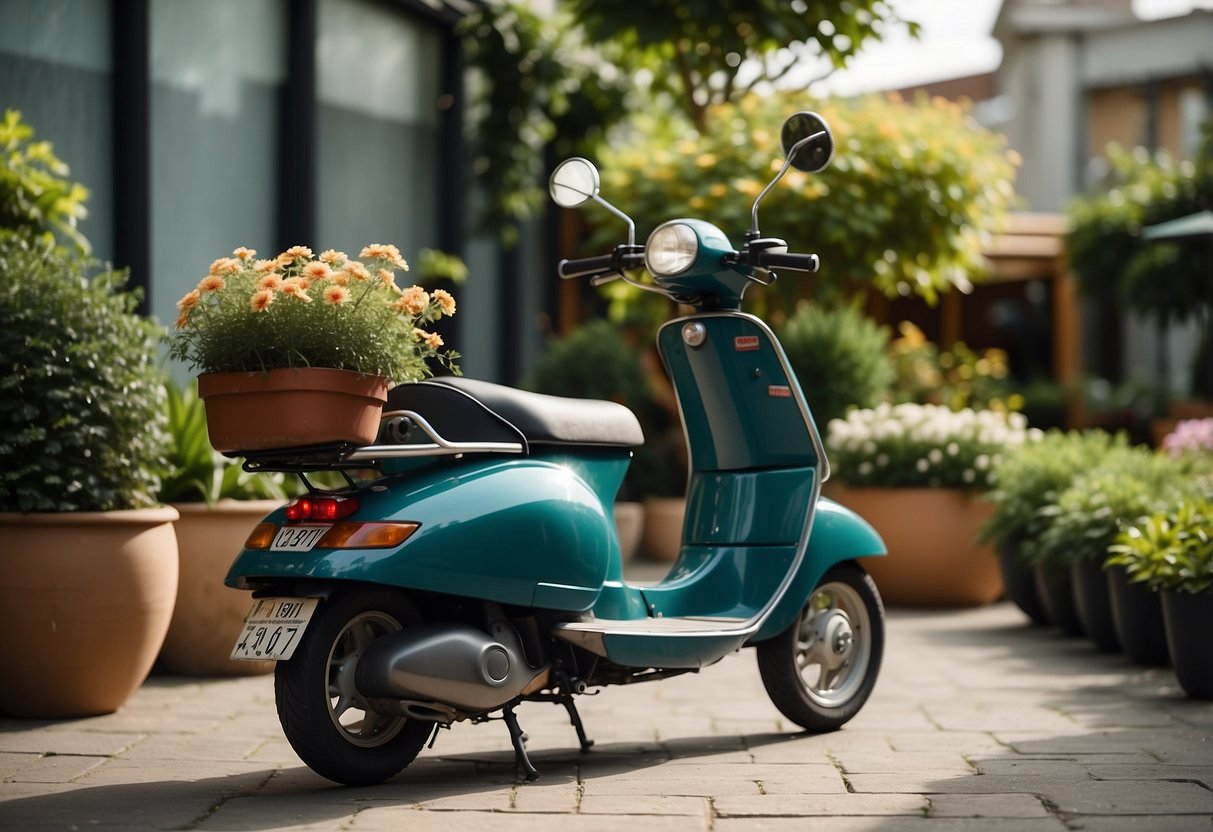
A garden scooter can make gardening more enjoyable and less tiring. These scooters allow you to sit while you work, reducing strain on your knees and back.
Many models come with wheels for easy movement around your garden. Some even have trays or baskets for carrying tools and plants. Check out the best garden scooters for seniors for top recommendations.
Look for features like a sturdy frame and comfortable seat. The ability to swivel or steer is an added bonus.
10) Automatic Drip Irrigation
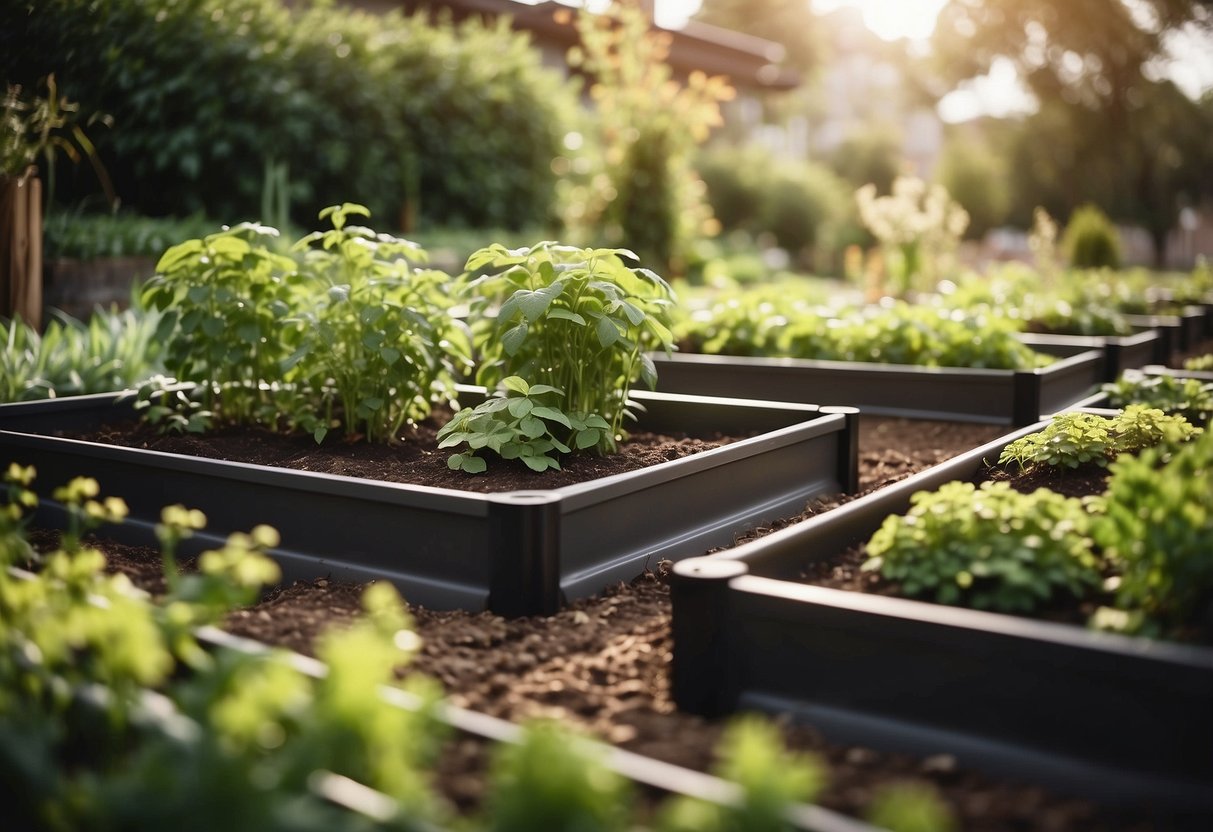
Automatic drip irrigation is a game changer for elderly gardeners. It takes the hassle out of watering your garden.
You can easily set up a system using affordable materials like plastic tubing and emitters. Systems like these deliver water directly to your plants’ roots.
For a simple DIY version, use a milk jug with holes to slowly release water. This method is budget-friendly and easy to set up.
Check out more ideas for simple and cheap irrigation systems here.
Best Plants for Elderly Gardeners

Selecting appropriate plants is crucial for elderly gardeners as they often require lower physical effort and provide greater sensory enjoyment. Prioritize plants that are easy to manage and offer visual, aromatic, or tactile benefits.
Low-Maintenance Plants
Succulents are ideal low-maintenance plants. They require minimal watering and can thrive with little care. You might like options such as Aloe Vera or Echeveria. These plants are attractive and resilient, making them perfect for those who prefer less hands-on gardening.
Perennials, like Lavender and Daylilies, return every year without needing to be replanted. Both are hardy and need little maintenance. Lavender, in particular, is not only low-maintenance but also adds a lovely aroma to your garden.
Herbs, such as Rosemary and Mint, are also excellent choices. They need little water and can grow indoors or outdoors. They provide culinary benefits and are generally pest-resistant, making them great for elderly gardeners looking for simplicity.
Plants for Sensory Enjoyment
Fragrant flowers, such as Roses and Jasmine, provide aromatic pleasure. Plant these near walkways or windows to enjoy their scent. Not only do they smell wonderful, but they also add beautiful colors to your garden space.
Textured plants like Lamb’s Ear and Hens-and-Chicks are great for tactile enjoyment. Lamb’s Ear has soft, velvety leaves that are enjoyable to touch. Hens-and-Chicks have a unique, rosette shape that adds visual and tactile interest.
Colorful choices such as Pansies and Marigolds can brighten up any garden with their vibrant hues. These flowers are easy to grow and maintain, providing visual enjoyment throughout their blooming season.
Consider adding a variety of these plants to create a garden that is both low-maintenance and rich in sensory experiences.
Garden Layout and Accessibility
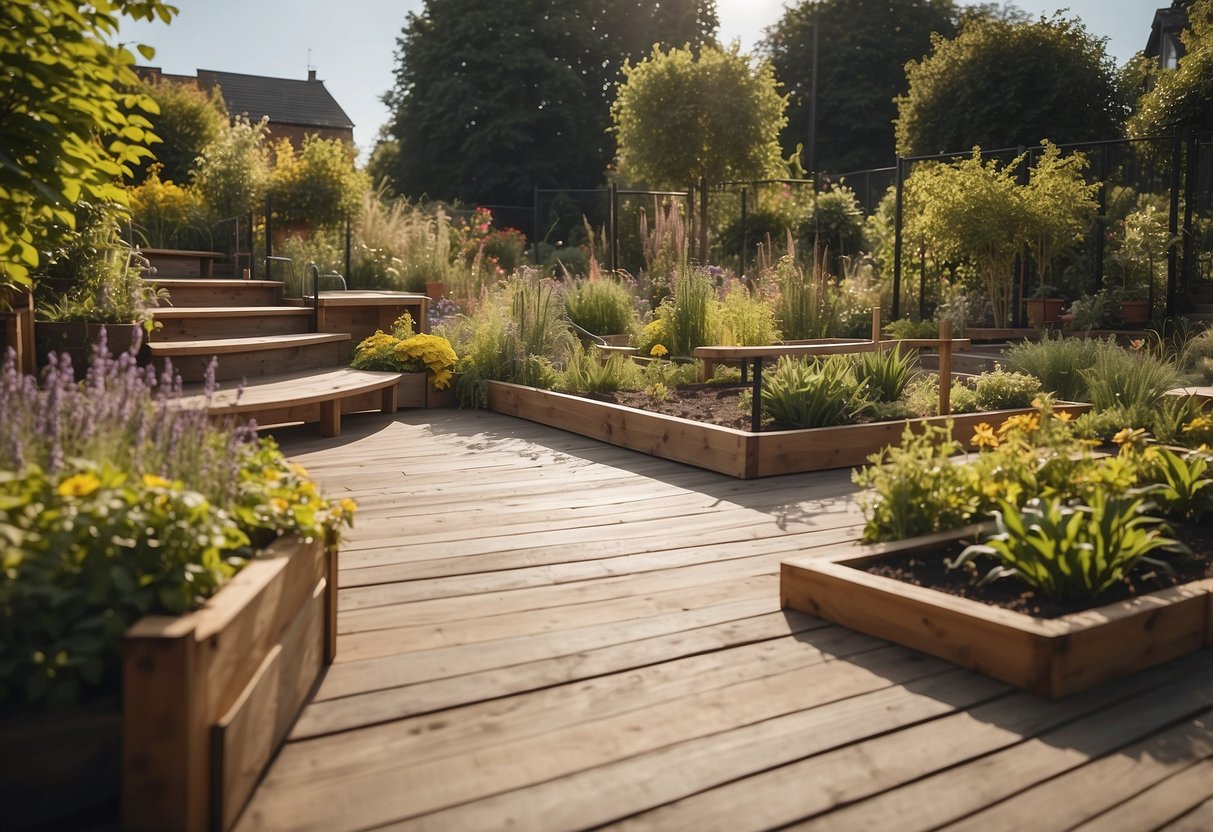
Creating a garden that is both accessible and easy to navigate can make a big difference for elderly gardeners. Key features include raised garden beds and well-designed pathways with seating.
Raised Garden Beds
Raised garden beds can be a game changer for seniors. They bring the soil up to a more comfortable level, which means less bending and kneeling.
You can make these beds any height, but they are often 2-3 feet high. This helps reduce back and joint strain.
Consider wide beds, about 3-4 feet across, to give ample space for planting while still being reachable from all sides. Using high-quality soil and good drainage systems can ensure plants thrive.
If possible, install irrigation systems to make watering easier. You can use drip lines or soaker hoses. Choose materials like wood, metal, or stone for durability. Raised beds can also be beautiful garden features.
Find more tips on raised garden beds here.
Pathways and Seating
Designing proper pathways and seating areas is crucial for accessibility. Paths should be wide enough for a walker or wheelchair, ideally at least 3 feet wide. Solid and even surfaces like gravel, brick, or concrete can prevent tripping.
Include benches or chairs along the paths so there’s always a spot to rest. Placing these near shaded areas or under pergolas can provide cool spots on hot days.
Make sure your pathways are well-lit to reduce the risk of falls in the evening. Solar lights can be an eco-friendly option.
You can find more detailed ideas on garden pathways and seating here.
Tools and Equipment for Elderly Gardeners

As an elderly gardener, it’s important to have the right tools and equipment to ease your gardening tasks and make them more enjoyable. Ergonomic tools can help minimize strain, while automated watering systems can simplify plant care.
Ergonomic Tools
Ergonomic tools are designed to reduce the physical strain of gardening. Tools like the Radius Garden Ergonomic Hand Trowel feature a comfortable grip and a lightweight aluminum blade. This makes it easier to handle and ideal for seniors.
A rolling garden cart is another helpful item. It allows you to move heavy objects without lifting, reducing the risk of injury.
Long-handled tools like a trowel or fork allow you to work without bending over. This can be very beneficial for those with back problems. Non-slip garden gloves provide better grip and protect your hands from blisters and injuries.
Automated Watering Systems
Automated watering systems are a great way to ensure your plants get the right amount of water without much effort from you. Drip irrigation systems can be set to water your plants at specific times. This helps keep the soil moist and saves water.
Self-watering planters are also handy. They have a reservoir that provides water to the plants as needed, reducing the frequency of manual watering.
Finally, timers for hose sprinklers are another great tool. They allow you to set up a watering schedule that runs automatically, so you don’t have to worry about remembering to do it yourself. This can be especially helpful during hot seasons.







